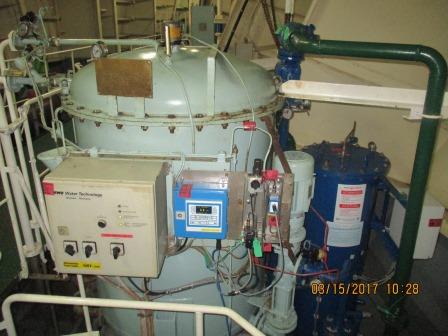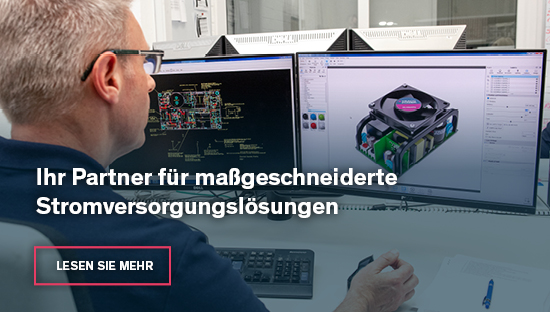Autor: Axel Schütz, Vertriebsingenieur
In the entrance area of a supermarket, each of us passes the fruit and vegetable section. There they are offered: salad, tomatoes, apples or avocados. Probably, only a few of us ask ourselves how the super-food avocado finds its way onto the shelves. A look at the cultivation areas quickly brings us closer to the answer. Mexico, South Africa, California or Australia. These areas make only one option for transport seem feasible: by ship.
In fact, 90% of the world’s goods are transported by sea. There are more than 90.000 ships of various types and sizes on the seven seas: Cargo and container ships, oil, gas and chemical tankers, ferries, tugboats and cruise ships.
One common feature is that water collects in the lowest space in practically every ship. This is the leakage water that has penetrated e.g. In wooden ships. In modern ships, this can also be condensation water caused by air-conditioning systems. This accumulated water is called bilge water. The lowest space on a ship that lies directly above the ship’s planks or above the keel is referred to as the bilge. This water is pumped overboard. A neutral observer’s neck hair stands on end reflexively at this idea. Pump dirty water overboard? Isn’t there oil contained in it? This reaction and the questions that go with it are quite legitimate.
Less oil in the ocean thanks to German innovation
We can reassure the observer at this point. De facto, the water is purified before it leaves the ship. This maritime and mobile problem is where Deckma Hamburg Company comes in. Its speciality is oil-in-water measurements for monitoring and limiting oily wastewater in maritime and industrial applications.




